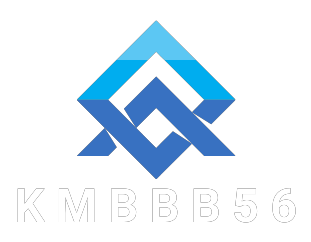In this fast-paced realm of dialogue, language barriers can impede progress and understanding. With globalization continues to connect individuals from diverse backgrounds, the need for effective translation solutions has never been more important. Among the myriad of options available, DeepL Translation has emerged as a premier player, featuring cutting-edge technology that generates extraordinarily accurate translations. However, as with any robust tool, debates persist about its impact on industry translators and the translation sector as a whole. deepl翻译器下载
DeepL has gained a reputation for not only its accuracy but also its ability to embrace the nuances of language, often surpassing other translation services. Yet, as it enhances access to multilingual communication, questions emerge regarding its implications for the future of human translators. Will DeepL be seen as a valuable ally, enabling professionals to work more effectively, or will it pose a threat to their jobs and the craft of translation itself? As we delve deeper into this topic, exploring both its benefits and potential drawbacks, we aim to comprehend whether DeepL is a translator’s best friend or an impending challenge.
Benefits of DeepL
An important standout features of DeepL Translation is its notable accuracy. DeepL uses advanced neural network technology that permits it to understand context and nuances in different languages better than many other translation services. This results in translations that sound more natural and are closer to how a native speaker would articulate things. Users frequently report that DeepL delivers translations that require less edits or corrections, saving both time and effort in the process.
Another significant benefit of DeepL is its capability to handle challenging sentence structures and idiomatic expressions effectively. Many translation tools have trouble with phrases that do not translate directly, but DeepL has shown itself skilled at rendering these phrases with appropriate contextual meanings. This is particularly beneficial for professional translators who need to maintain the integrity and fluency of the original text. As a result, DeepL is favored by many in the translation industry for creating high-quality outputs.
Additionally, DeepL offers an accessible user interface that makes it accessible for both casual users and professionals. The platform is straightforward to navigate, and the drag-and-drop feature for documents streamlines the translation process. Users can paste text or upload files directly, with immediate results that allow for efficient decision-making and revisions. This user-friendly design, in conjunction with its powerful translation capabilities, sets DeepL as an excellent choice for those in need of dependable translation services.
Issues and Criticisms
While DeepL has garnered acclaim for its ability to generate high-quality translations, there are worries that cannot be ignored. One key concern is the potential for cultural nuances and nuance to be ignored in translation. As with any automated system, DeepL relies on programming that may not fully grasp the subtleties of linguistic expression, which can lead to misunderstandings or misrepresentations of meaning. This can be particularly problematic in sensitive contexts where accuracy is crucial.
Another criticism pertains to the accessibility and dependability of DeepL. While it provides sophisticated features and functionalities, not everyone has the ability to use the subscription service, which limits its effectiveness for some individuals and organizations. Additionally, heavy use on a single translation tool raises questions about the breadth of viewpoints in translated content. Over time, this could result in a(n) standardization of language, undermining the depth found in various forms and local usages.
Lastly, there are questions of privacy associated with the use of DeepL. Users may inadvertently expose private and when entering text for processing. Although DeepL has protocols in place to safeguard user data, the inherent threats of cloud-based services linger. Users must weigh the profits of using such a powerful tool against the necessity for data security in their communications.
Future of Translational Technology
The prospects of translational tools is set for significant progress, driven primarily by AI and ML. As tools like comparable services continue to enhance their systems, the accuracy and contextual awareness of translations are expected to get better significantly. This evolution will not only improve user experience by providing more precise translation but also facilitate easier communication between various cultures and languages and languages.
Moreover, the incorporation of translational tools into daily uses is becoming more prevalent. Services such as instant translation in messaging apps or virtual meeting platforms are set to transform the way people interact between linguistic boundaries. These developments promise to dismantle barriers, making global collaboration and comprehension more attainable than before ever.
However, as translation tools becomes more sophisticated, it poses important questions about the importance of traditional translators. While automated tools can manage simple translations, the nuances of linguistics, including idioms and cultural nuances, still require the expertise of humans. The coming years will probably see a collaboration between advanced translation tools like DeepL and human translators, where the tools handles routine tasks and humans focus on complex, context-sensitive translation.
